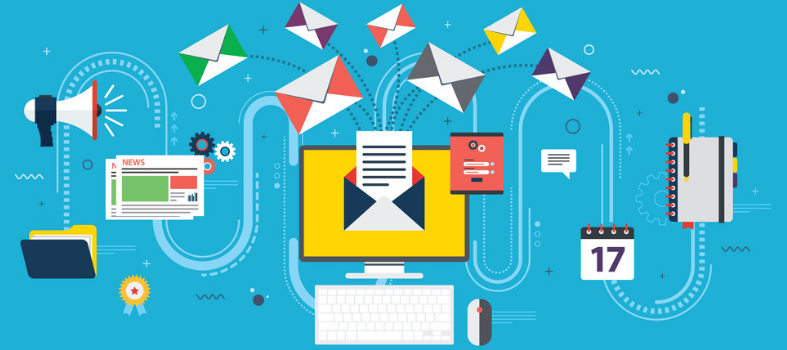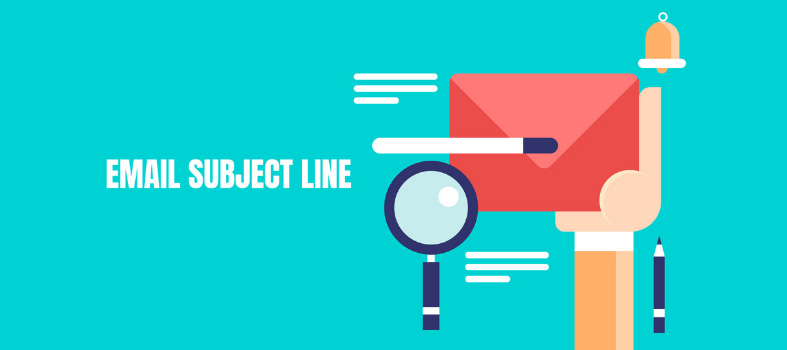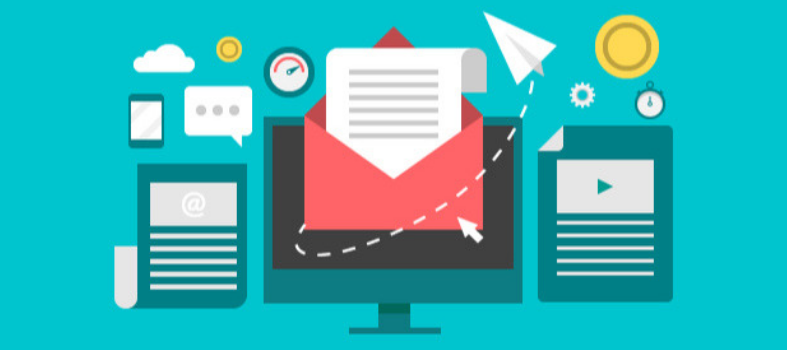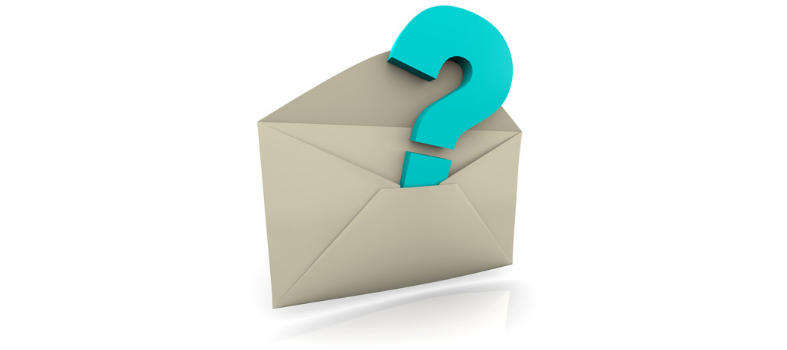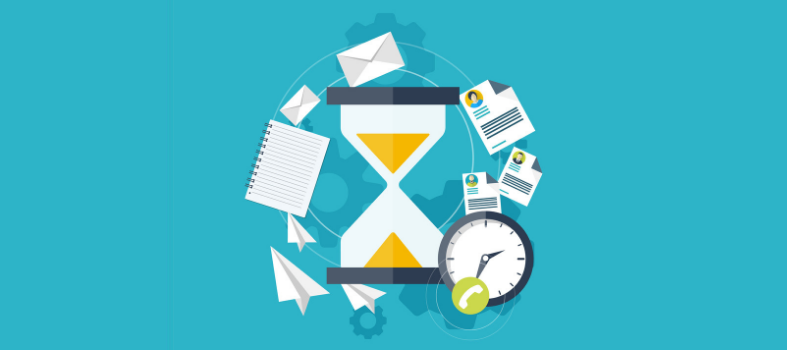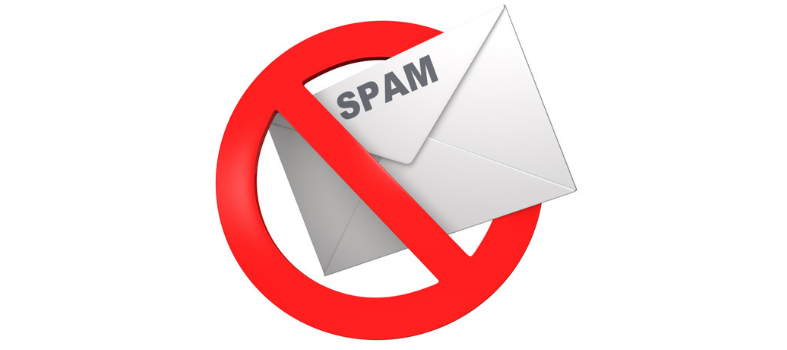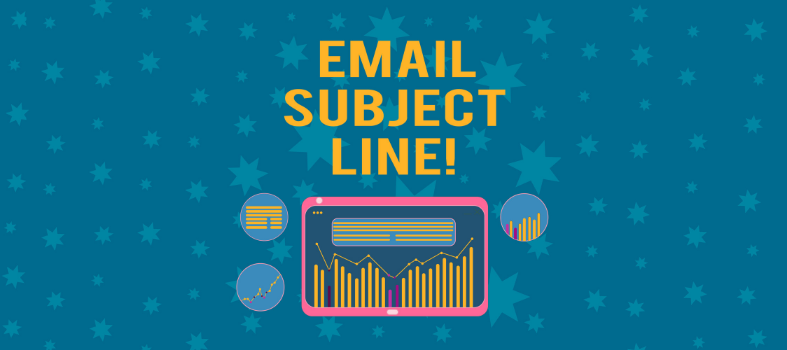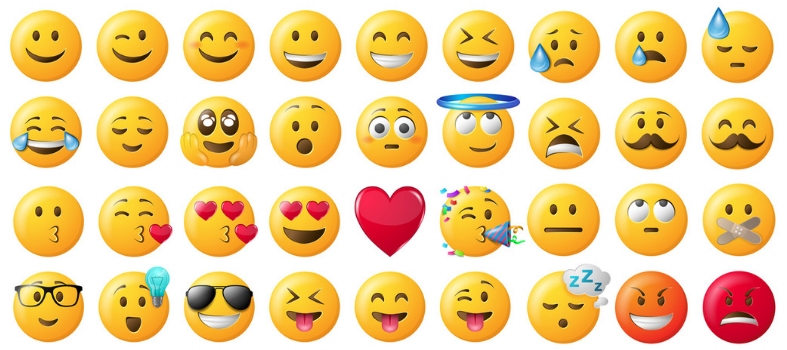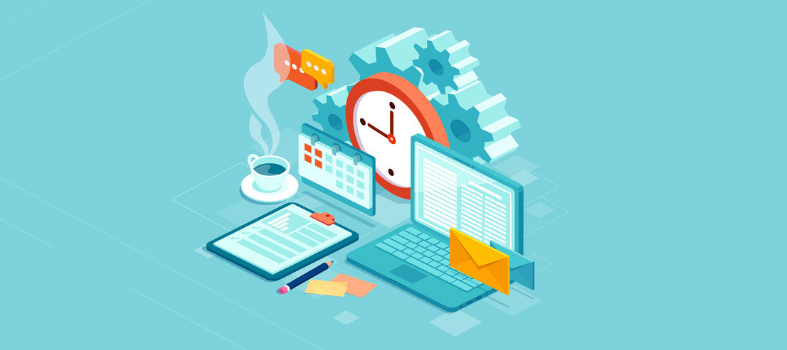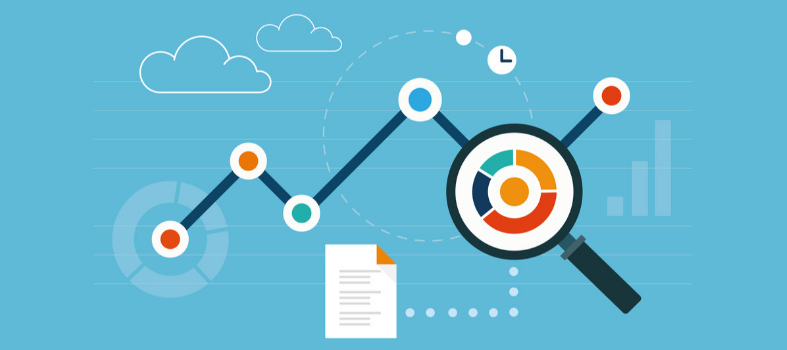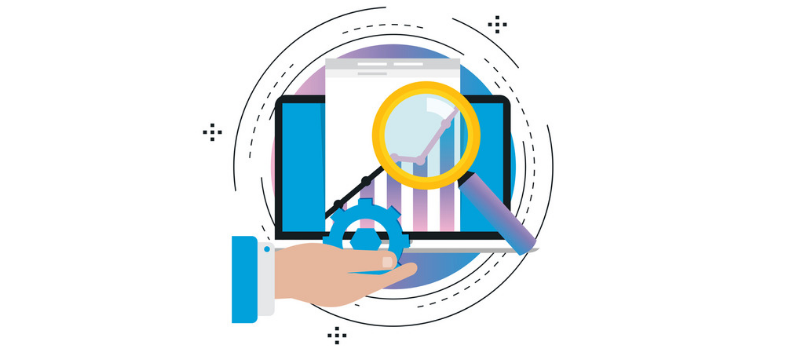According to MailChimp, the average open rate of marketing emails is just 16.84%. According to these calculations more than 80% of your target group will not read your marketing message. An extremely demotivating piece of information, especially if you have put in copious quantities of blood, sweat and tears into email content and design. Not to mention the potential costs involved.
However, there’s a little good news. It is possible to nearly double that measly 16.84% by sending that email a second time. And there are plenty of other ways to continue this upward progression. It is not unusual for a carefully tested and adapted second (or even first) marketing email to reach a read rate of 60%. Anything above this figure is almost certainly marketing department science-fiction.
Writing good subject lines that make recipients click is an art unto itself. Placing a marketing diamond in your subject line on every occasion is not possible without expenses above and beyond the worth of a marketing mail. Rather than depend on catchy headings that force a response, simply offering a second opportunity to read a mail is a much more financially efficient method.
But before you begin to integrate the following tips into your newsletter and campaign strategies, you will need to separate non-readers from readers. Your mailing tool will need to create a separate list of those who did not open your initial email, for it is specifically these individuals who will become your ‘second send’ targets.
Only Resend Important Mails
What would be your reaction if you received every email from a single company twice? After a short time you would view their appearance as irritating, even if the content is somewhat interesting. Your reaction to that company’s name would become negative. You would relegate their mails to spam or even take steps to unsubscribe.
This situation is exactly the same with your leads and customers. And for those that actually bother to open the first mail there’s another problem. Knowing that they will receive a second mail in a short time, they might even stop reading the first edition.
It is therefore essential to only send the most important emails a second time around and this only to your ‘second send’ target group. Avoid being classed as an irritating interruption and make your second sends golden customer opportunities instead of boring repeats.
Don’t Copy and Paste the Subject Line
If you send an identical e-mail twice the second time open rate will not be spectacularly higher. You are also throwing away a fresh opportunity to create interest in your target group.
Marketers consciously focus on the subject line because of the difference a good or great (or mediocre or terrible) phrase can make. The subject line plays the part of attention grabber. If you have not grabbed the reader’s attention with the first mail subject heading, why would sending it a second time make a difference? It won’t. For a second send you need a second subject line. Test new subject lines before committing to them and integrate the following tips:
Add personalisation
“Hi Bruce, have you seen our new collection?” Studies show a personal approach can increase open rates by up to 26%. So worth a try, especially if you already have this information in your database.
Ask a Question
A question stimulates curiosity and attracts attention. Moreover, a question also feels incomplete, so your reader might opt to open the email in order to discover the answer.
Add a deadline
If you add an end date to your subject line the result will be a sense of urgency. Send the first email with a general announcement and add a deadline to the subject line second time around for those that failed to take advantage of your offer. “Today is the last day …” for example.
If your email contains a clear call-to-action this can serve as a subject line, too. “Buy your tickets for our conference now!” Or “Download our e-brochure today!”
Make an exclusive announcement
If you have some good news to report, a positive subject line has a great effect Give your database the feeling that they are the first to hear the news. Exclusivity means they might get to hear of something before others do. This means they will definitely want to continue reading or at least stay subscribed.
Avoid spam
Billions of emails are labelled as spam every single day. Ending up in the spam folder of your recipients is your worst case scenario. Avoid using subject lines that sound ‘spammy’. Thousands of words trigger the spam filter alarm. Good CRM software will be able to highlight them for you.
Keep it short
Can you think up a subject line consisting of 1, 2 or 3 words? This is a particularly efficient way of making your mail stand out in a mailbox filled with medium to long subject lines. This approach also means increased legibility on smaller mobile devices.]
Subject line analysis
Writing a good subject line takes time. For those without a large marketing department or short on funds or hours, there are tools available designed to help you come up with a great subject line. Search for ‘headline analysis’ and ‘blog headline analysis’ and you will find a long list of potentials.
Use emoji’s
Using emoji’s in your subject line isn’t lazy but good marketing. Emoji’s are personal and colourful. They are friendly and often humorous. They stand out in the inbox. Just remember, one is usually enough.
Second Email Timing
So, when is the best time to resend an email? First of all, you will need to give your database sufficient opportunity to read your first message. Take a look at your previous email campaigns and find out how long it takes for the majority of people to open your initial emails. Times can vary significantly between business types, consumer types and heading types. In fact, these variables are inexhaustible. Whatever the results, your second email should not be sent before this average time-scale has expired.
Don’t have a reference point? Try three days. According to figures from the Email Marketing Metrics Report, 91.66% of those people who actually open your first email will have opened it within three days.
Scheduled first and second sends should be sufficiently tested so you can figure out which time produces the best results. Eventually, your database will start to expect the appearance of your emails on Wednesday afternoons or Sunday mornings or whenever you have discovered is the best time to schedule your first and second emails.
Measure Your Results
The goal of results in this case is to increase your open rate. By playing around with the above tips, you will eventually discover which advice has the greatest effect on your database. Testing should include A/B on your subject line. Send an email with Subject Line A to 50 percent of your database and with Subject Line B to the other 50 percent and find out which has the greatest response. Results rarely fail to surprise even the most weathered marketers.
Increasing Read Rates for First and Second Emails
By implementing at least one of the tips listed below, your read rates should increase. Naturally, any amendments should be tested and retested. This methodology should continue as your business and target group evolves.
1. Give, whenever possible, a hint as to what will come in the next e-mail. “Next week you have the chance to win…” or “Our next email will include a link to our exclusive e-book …”
2. Segment your database according to interests, age, buyer persona, purchases and other categories. According to how complicated you are prepared to make the process in order to significantly increase your email read rates, you can send them more personalized emails and address them in a better targeted way. Recipients are 75% more likely to click on emails from segmented campaigns than non-segmented campaigns according to MailChimp
3. Make sure that the sentence “Click here if you cannot read this email properly” is not the first thing your database sees. The fact that this has to be mentioned just goes to show how often this occurs!
How High Can You Go?
While open rates of arts and entertainment, construction, human resources, legal and government and real estate mails are usually very high, marketing emails are renowned for their pitiful results. The overall average open rate is just over 30%. Implementing the tips listed above could mean that a small number of your marketing mails – first and/or second – reach up to a 60% open rate. Anyone or any program that promises higher open rates in the field of marketing emails is probably just pulling your leg. But they probably got your attention with that subject line, right?


 1300 353 700
1300 353 700 info@magiknewmedia.com.au
info@magiknewmedia.com.au




